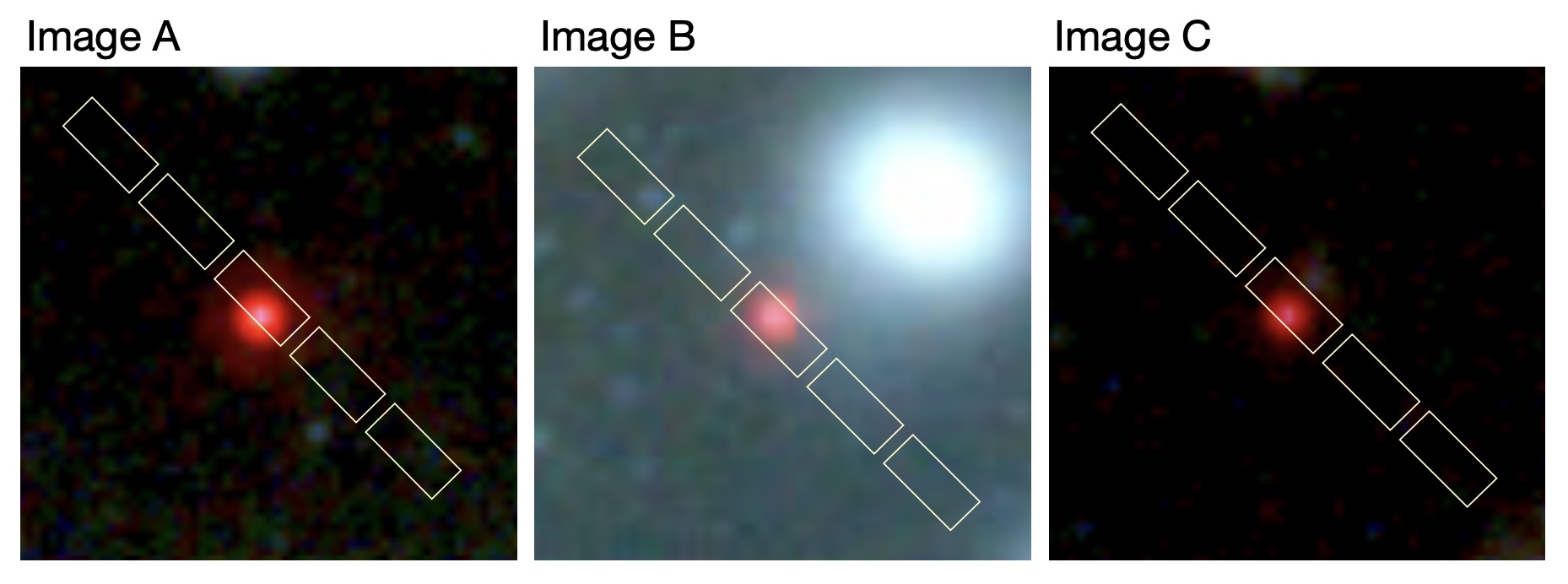the NASA Goddard Space Center Its Discover supercomputer usually does important work in our daily lives, such as climate change calculations. However, the possibility that many are interested in was recently introduced with the help of astrophysicist Jeremy Schnittman.
“People often ask about this, and simulating these difficult-to-imagine processes also means for me that I can establish a link between relativistic mathematics and its consequences in the real universe,” the researcher explained.
The video also shows two types of cases: the case in which the camera avoids the event horizon and is ejected, and the case in which it crosses its fatal boundary. The explanatory video (above) details each event and the effects of Einstein's theory of relativity individually (which is why the subtitles can be changed to Hungarian with a surprisingly good subtitle in the bottom right corner of the video on the gear wheel). A 360 degree version of the video was also made without captions (below).
During the calculations of the simulations, 10 terabytes of data were generated, which is approximately half of all the books and text data in the US Library of Congress. It required 0.3 percent of the total capacity of the supercomputer's 129,000 processors (i.e. there was no need to panic, and the researchers' “game” did not divert valuable resources from more risky tasks), and the final result was achieved in 5 days. With an average laptop, the same would have taken about a decade.
The main character in the simulation was the central supermassive black hole in the Milky Way, which has a mass of about 4.3 million times the mass of the Sun. The event horizon of much smaller black holes of stellar origin with a maximum mass of 30 solar masses is also much smaller, but the tidal forces that occur there are much stronger, so they tear apart the approaching object before the object can reach the event horizon. . This is due to the fact that the end of the object closest to the event horizon is attracted more strongly by the hole's gravity than the other end – this is called spaghetti.
The event horizon of the black hole shown in the simulation is about 25 million kilometers in diameter (17% of the distance between the Sun and Earth), and is surrounded by the bright, hot swirling gases of the flat accretion disk – this serves as a reference in the video. The photon rings visible inside serve the same purpose, which also light up. They are created by light that has already orbited the black hole one or more times. The background of the video is the night sky as seen from Earth.
The camera showing the simulation starts at a distance of 640 million kilometers, and as it approaches the black hole, both the accretion disk and photon ring undergo several distortions, along with the view of the background sky. In fact, the camera would need 3 hours to reach the event horizon, passing through the black hole twice.
Azonban egy távoli megfigyelő számára a folyamat megállna, vagyis úgy látszana, mintha a kamera sosem érne el az eseményhorizonthoz, a közeledése során fokozatosan belassulna, majd a külső szemlélő számára megállna, mintegy belefagyva az időbe.
Upon crossing the event horizon, the camera, along with the spacetime containing it, travels toward the center of the black hole at the speed of light. It is the point we call the singularity, where the laws of physics as we know them cease to exist. Once the camera crosses the event horizon, it only needs 12.8 seconds to reach the singularity at 128,000 kilometers.
In the other version, the camera fortunately avoids the event horizon and leaves its perimeter. If an astronaut made this journey, instead of with a camera, he would return to them 36 minutes younger than his fellow astronauts waiting at the starting point after the six-hour journey.
The reason for this is that time passes more slowly when it moves at a speed close to the speed of light near a strong source of gravity. “The situation could be more serious,” Schnittman added. “If the black hole is rotating fast, then it is Interstellar “As we saw in the 2014 film, an astronaut can return several years younger than his colleagues.”
Video versions in high definition You can also download itwho wants to monitor details on a large scale.




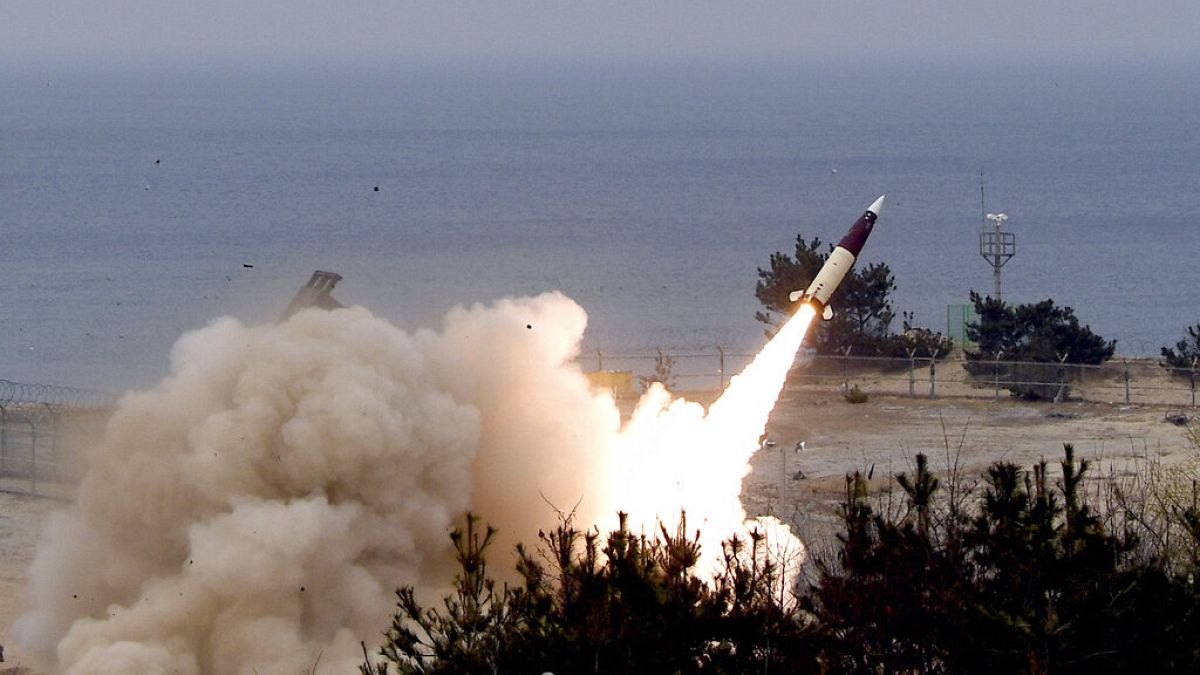



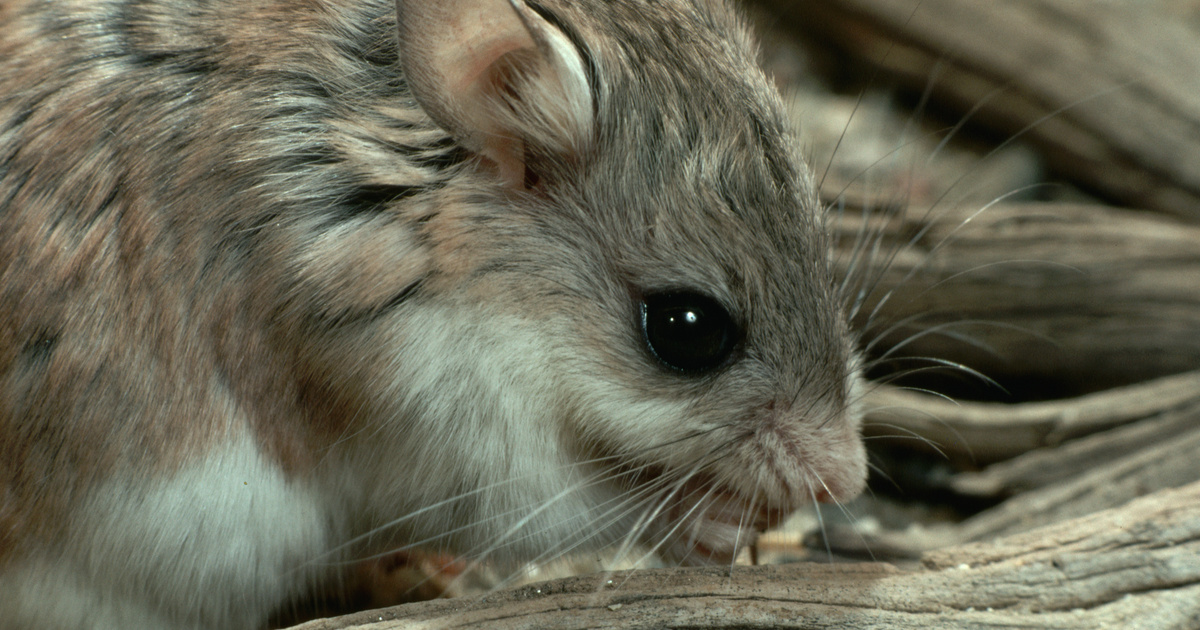

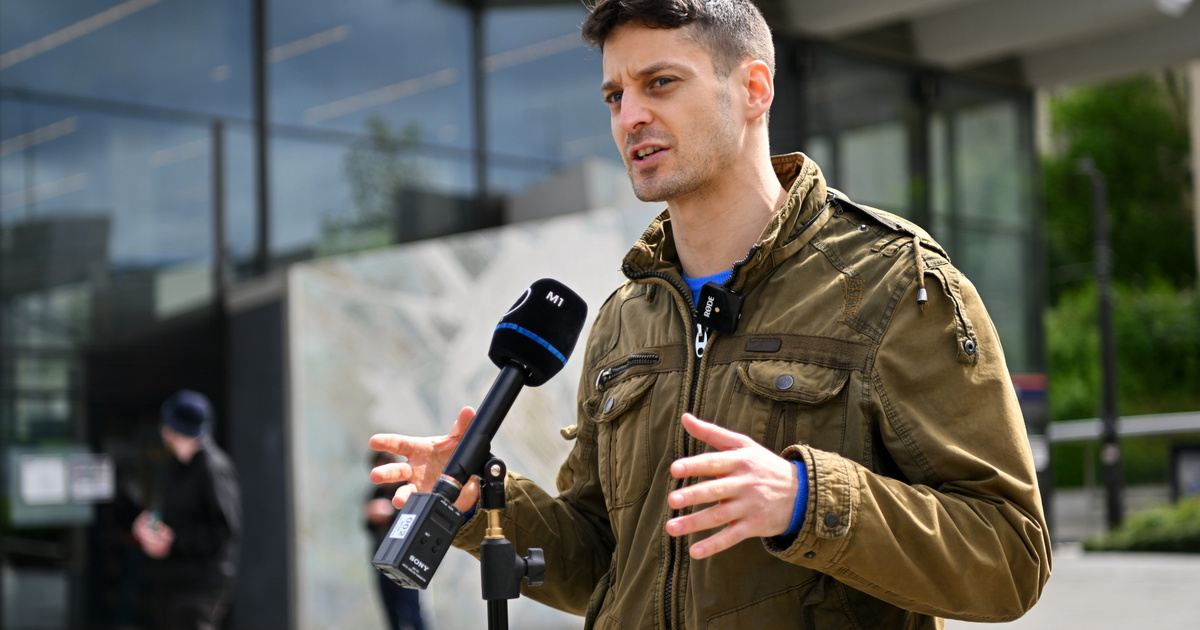




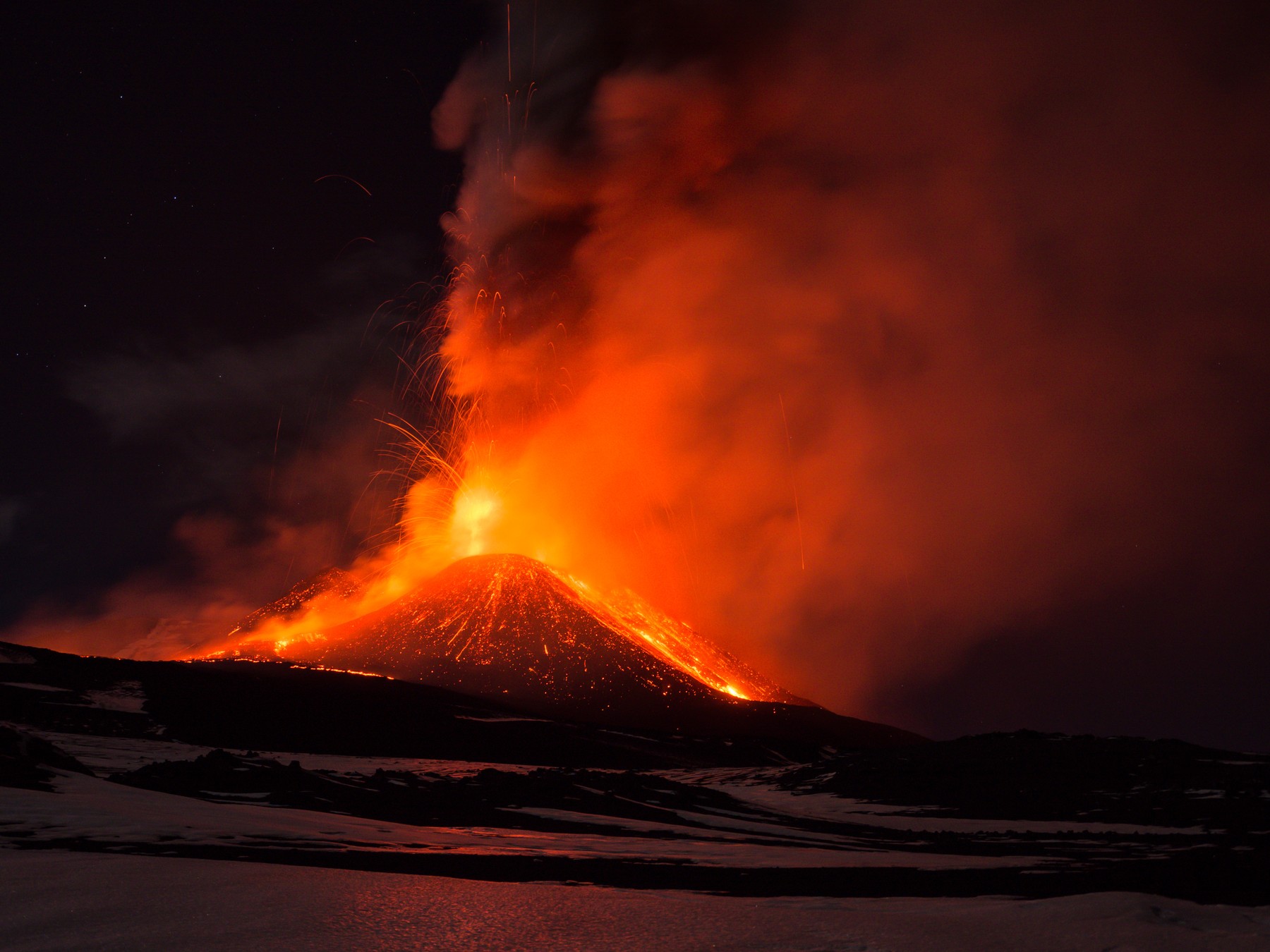


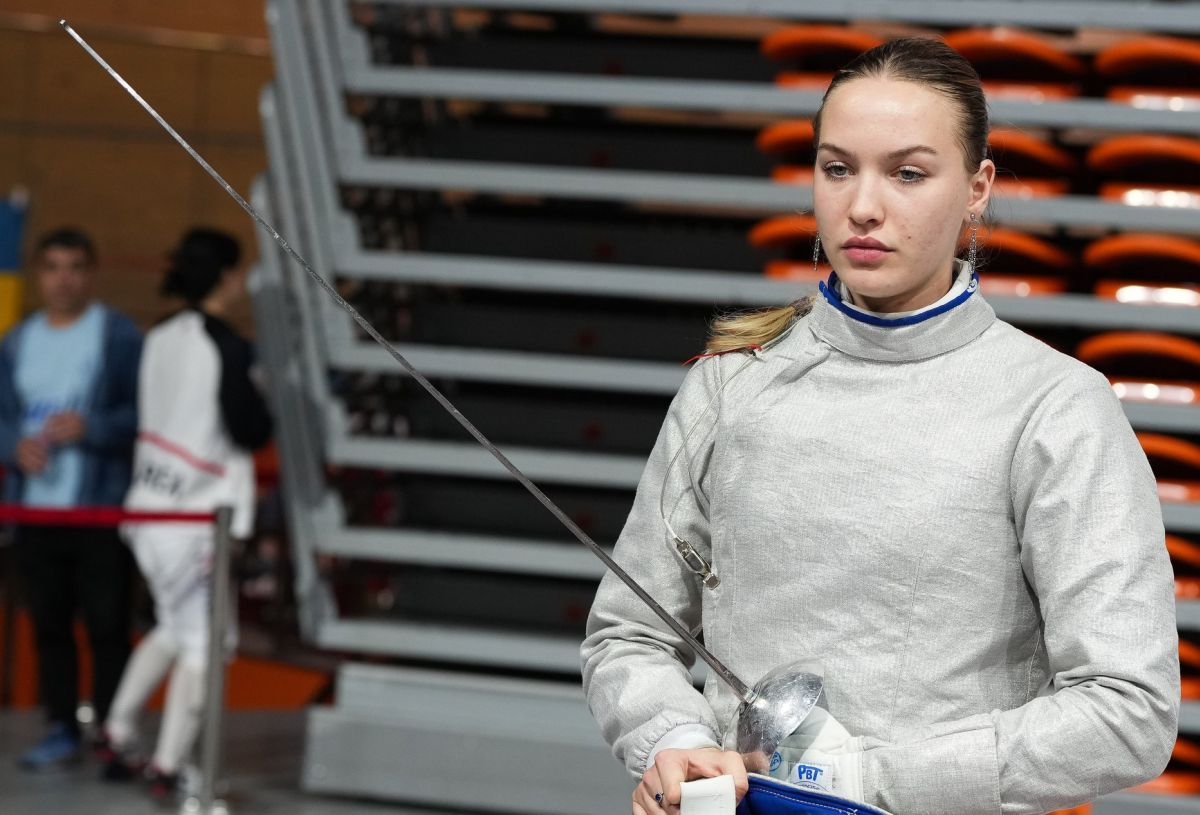
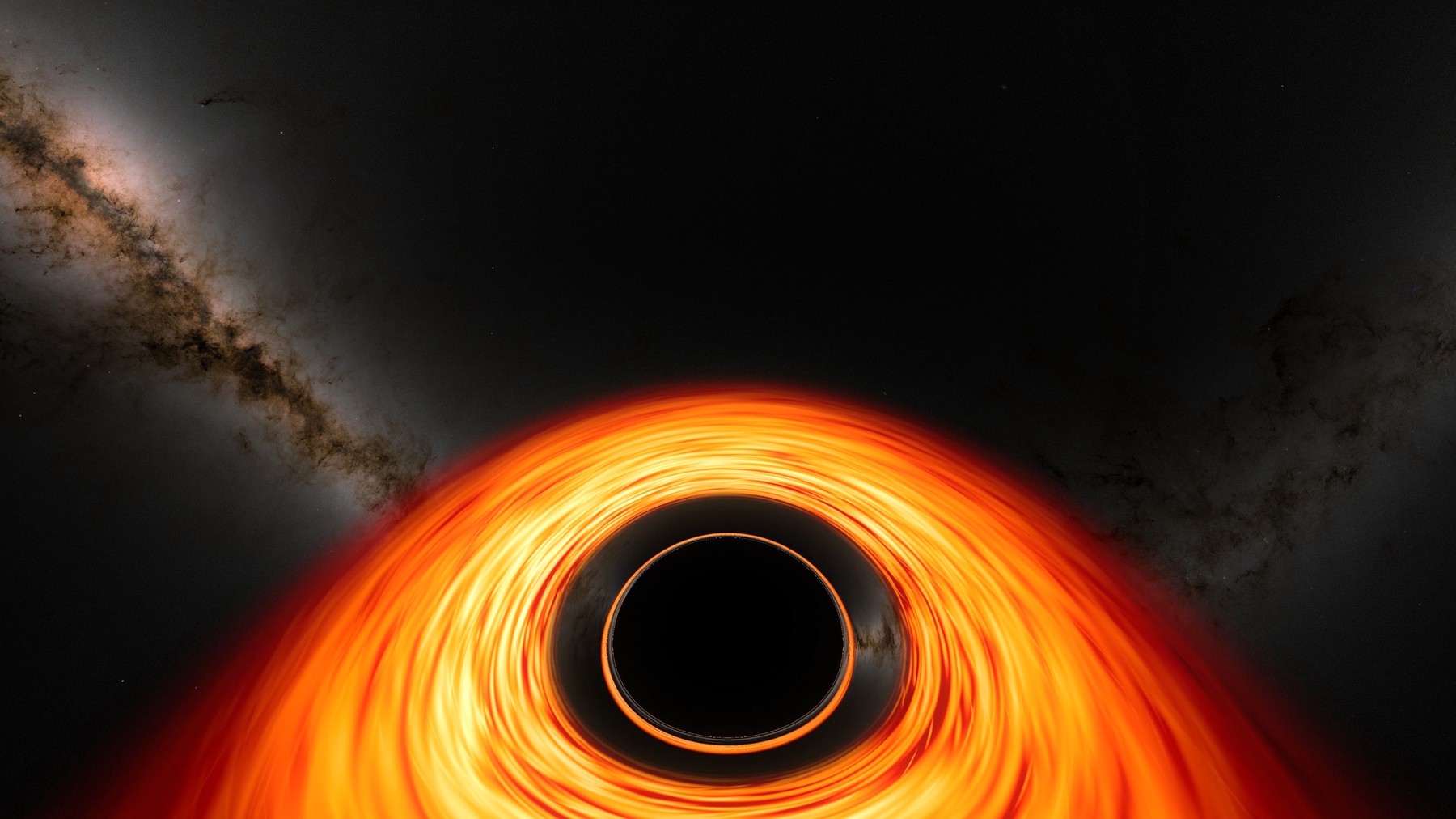

![Tom Clancy's The Division Heartland: Gameplay Leaked! [VIDEO]](https://thegeek.hu/wp-content/uploads/sites/2/2023/04/thegeek-Tom-Clancys-The-Division-Heartland-1.jpg)

